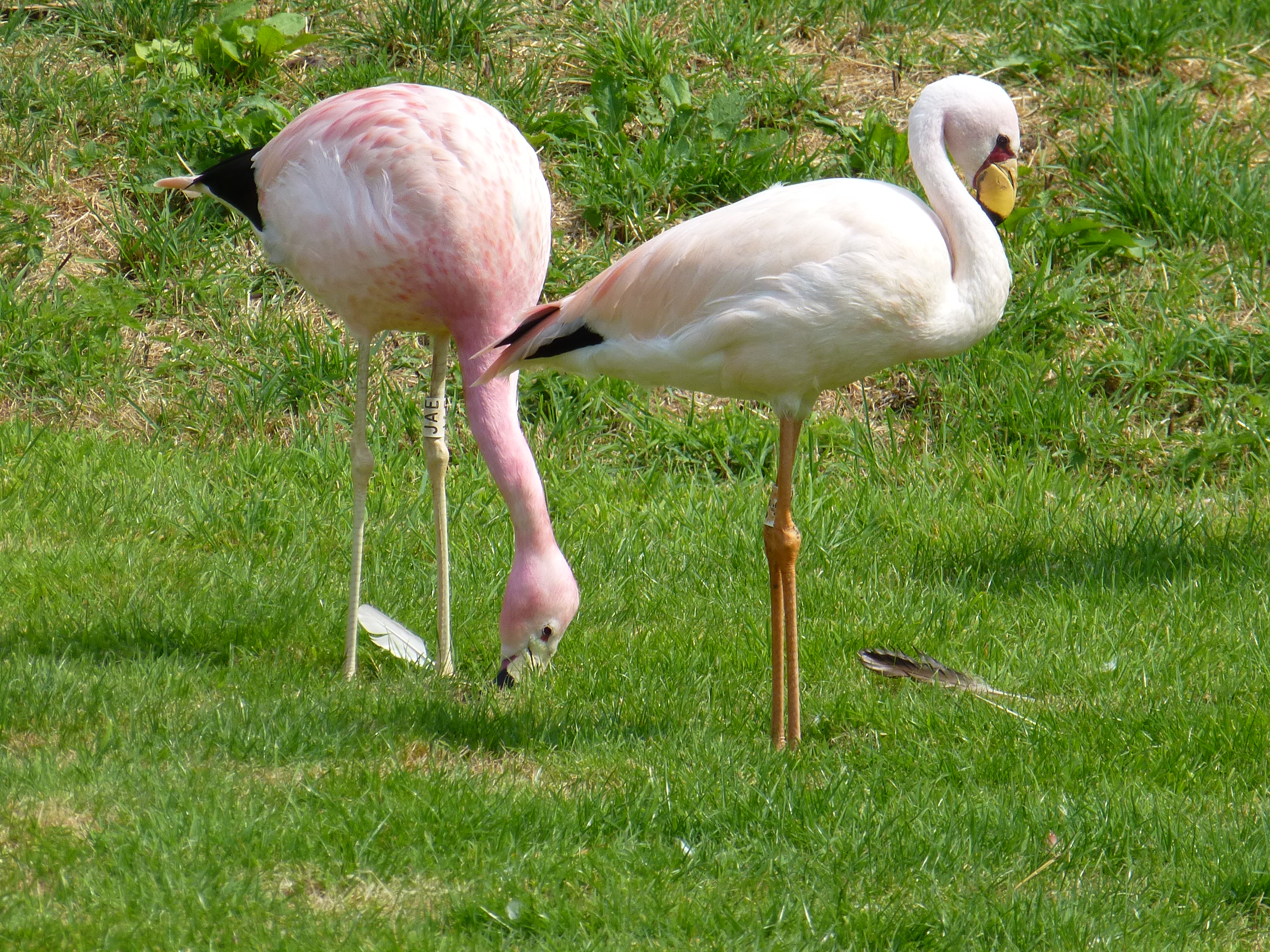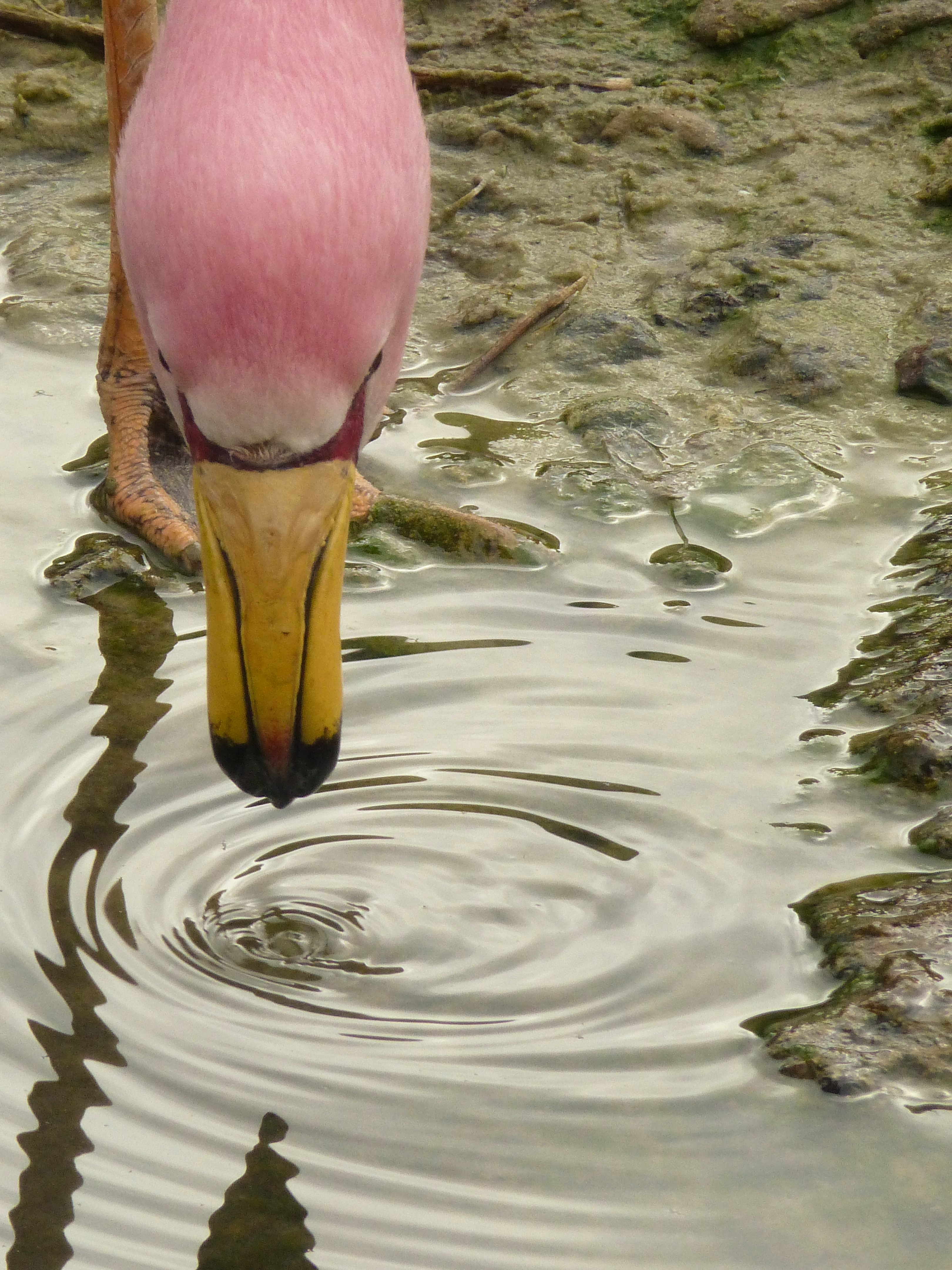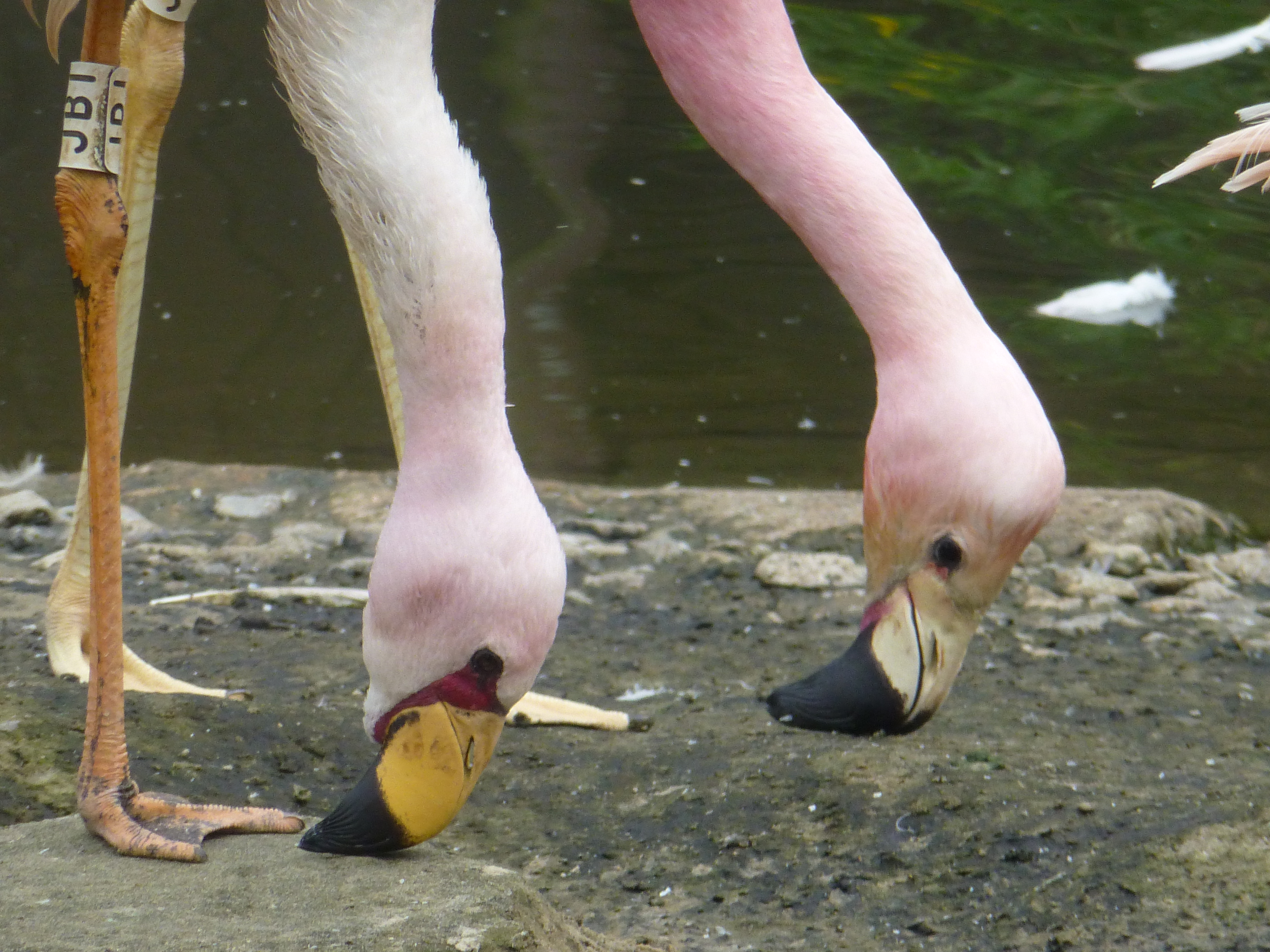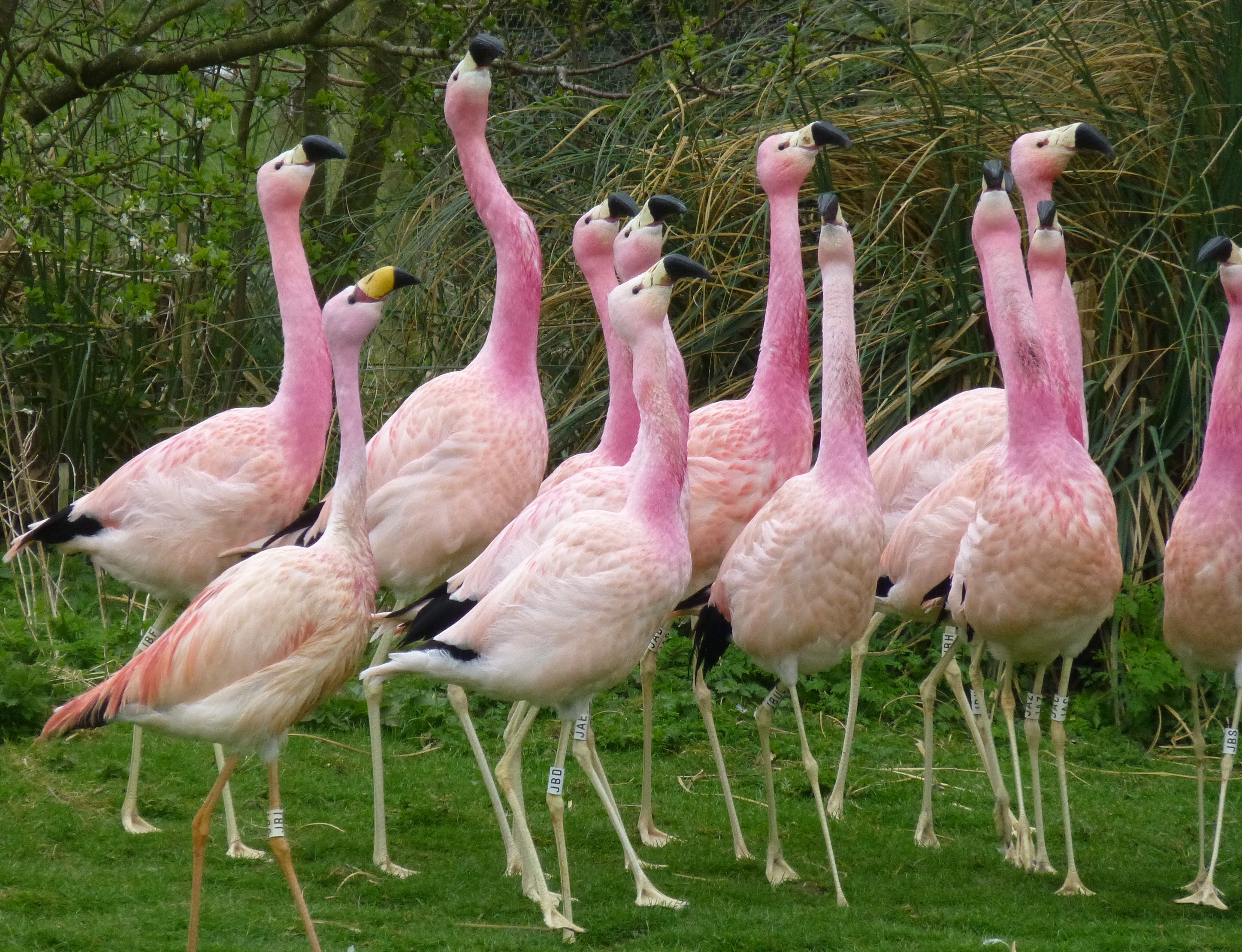Planet Earth's flamingos and the work of WWT
Twenty sixteen has been a good year for flamingos. Not only are the WWT birds award winning, and several Slimbridge birds celebrated milestone anniversaries, but there has been a surge in flamingo science, with many new articles and research papers published this year on their behaviour and ecology. Flamingo-themed souvenirs seem to be all the rage in the shops currently. And two of the most special species had a staring role in Planet Earth 2. Flamingos, it seems, are suddenly more popular than ever. So popular it seems that they cane be found in the top spot of BBC Earth's nine things that we learned about animals from PE2. http://www.bbc.co.uk/news/entertainment-arts-37606...
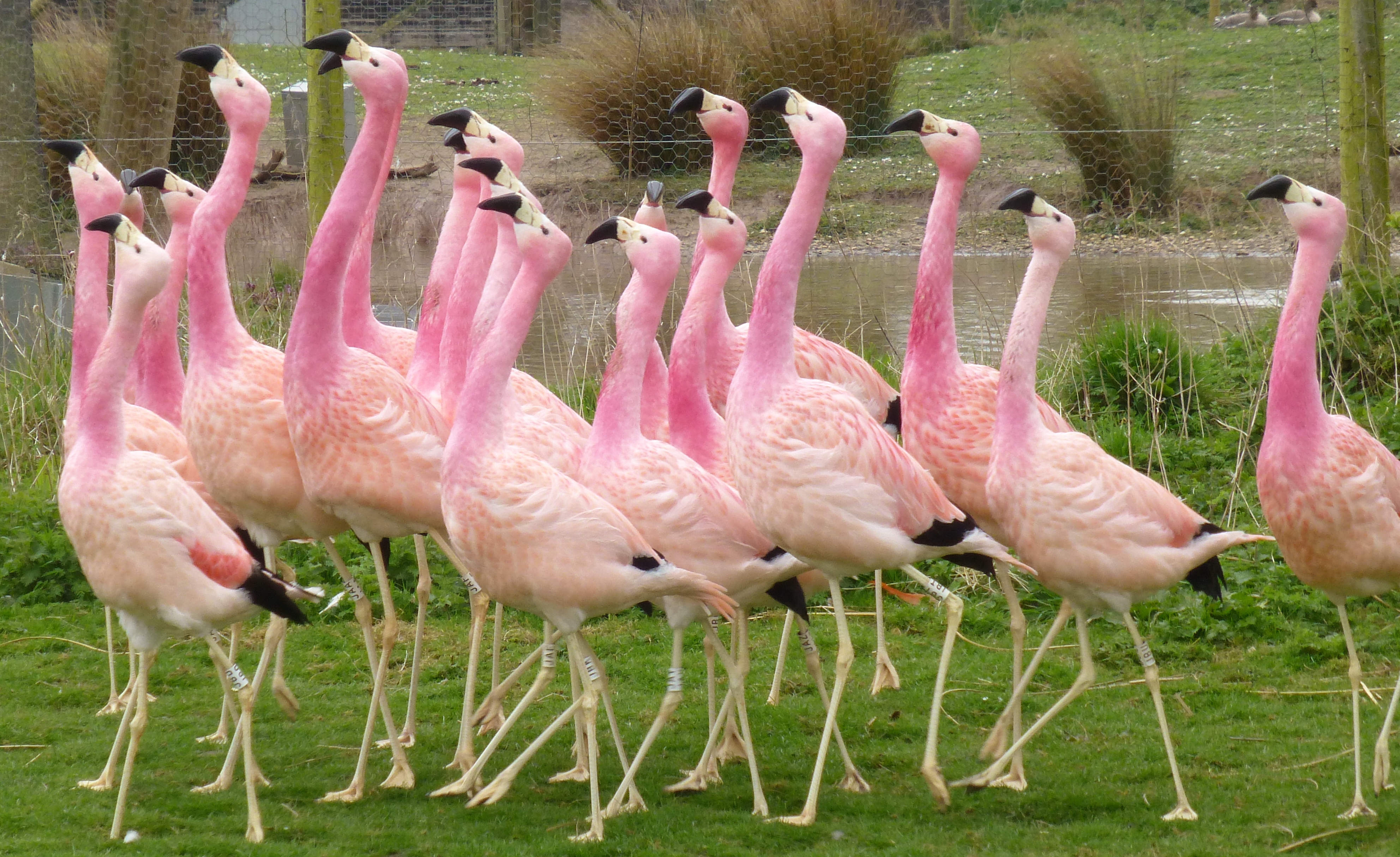 Strutting their stuff. Andean flamingos, and their close relatives the James' flamingos, were stars of the show in the recent Planet Earth 2 series.
Strutting their stuff. Andean flamingos, and their close relatives the James' flamingos, were stars of the show in the recent Planet Earth 2 series.
So what was going on on PE2? The footage showed two of the high-altitude, South American species. Two specialised and unique flamingos that are only found in these wetlands that occur right at the top of mountains. Those that read this blog regularly (thank you for your support!) will know that I like to include as much on Andean and James' flamingos as I can possibly get away with. PE2 is the perfect opportunity to talk more about them some more.
The wetlands that these two species come from are especially fragile. These species are intrinsically linked to high mountain saline lakes; their bill shape has evolved to filter food from this type of environment. With a very thin top section that can fit almost like a lid on a deep, bulbous lower section so they can sieve out the most microscopic of algae and planet material from the water. Without these high mountain wetland, these flamingos would simply not exist. It is this reason that PE2 showed the James' flamingos putting up with freezing water conditions. We don't let flamingo wade around in frozen water at WWT (it would not be very good for them) but in the wild they have little choice. The wetlands they live are so few and far between that they simply have to cope with frozen water, and wait for the lakes to thaw out before they can collect their breakfast, lunch and dinner.
https://twitter.com/BBCEarth/status/79790060130895...
Notice the beautiful orange legs on the James' flamingos in the clip above. Our very own Mr James at Slimbridge sports a cracking pair of orange pins in the summer too!
As I said above, the bill of Andean and James' flamingos has a very thin top mandible (what each part of a bird's beak is called). You can see how precisely these fit together in the photos below. This allows these species to find food in these mountain lakes, where other birds cannot extract the food from the water. So this another reason why these species are found in these extremely cold mountain lakes- there is no competition for the food they eat. It might look funny to see flamingos falling through ice but for the birds, there really is no where else to go.
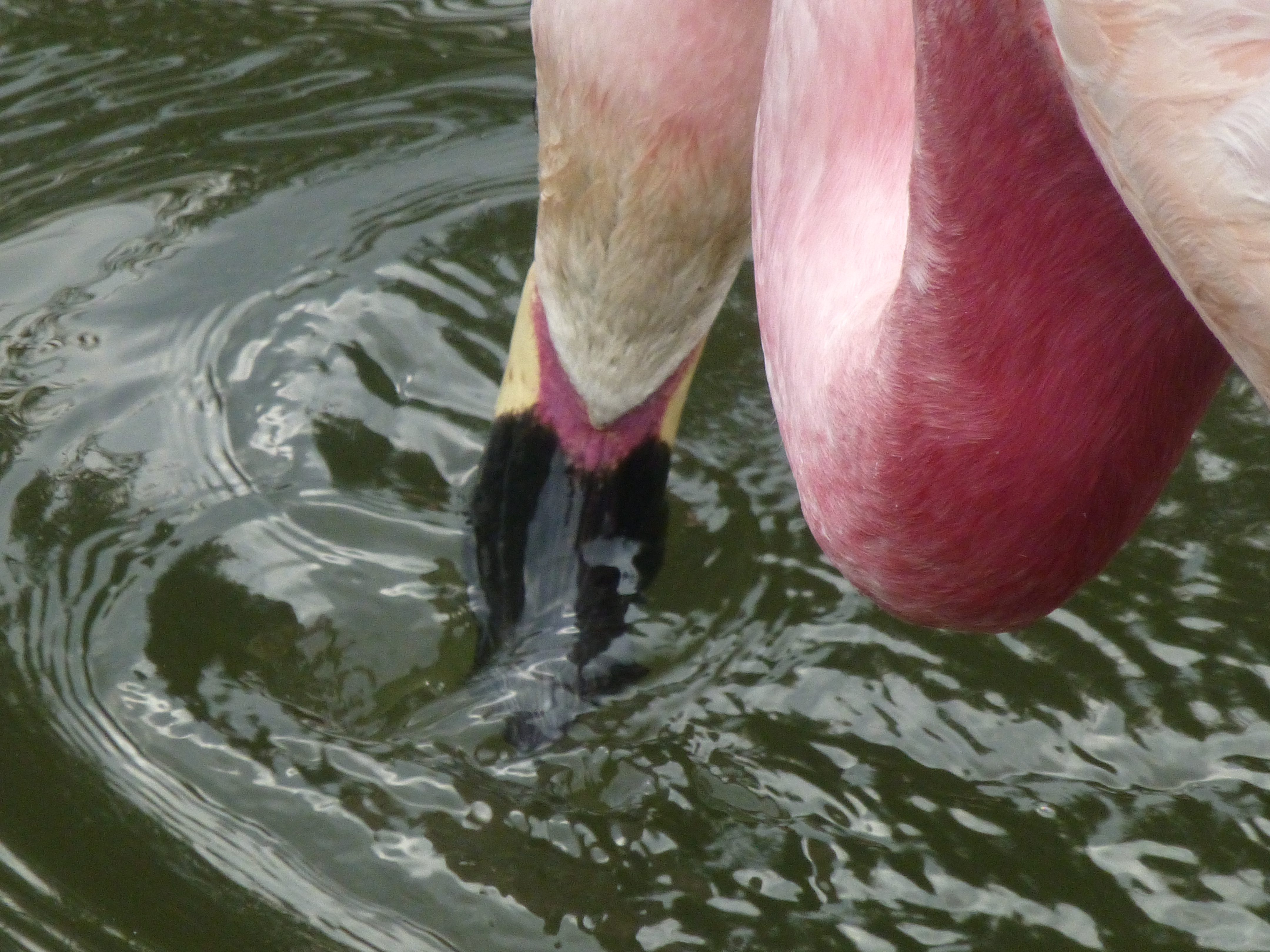 The water that appears out of the sides of a flamingo's bill is clear after it has sieved out the food it will eat. This Andean flamingo has very densely-packed filtering bristles in its bill that means it mainly eats algae.
The water that appears out of the sides of a flamingo's bill is clear after it has sieved out the food it will eat. This Andean flamingo has very densely-packed filtering bristles in its bill that means it mainly eats algae.
The beautiful pink colour of the James' and Andean flamingos shown on PE2 (and what you can see for yourselves at Slimbridge at the right time of year) tells us that the footage shown was captured when the birds were preparing to breed. And this was the second flamingo story of the episode. The amazing marching display that flamingos are so well-known for, and that the Andean flamingo performs like a pro.
The wonderful display of the Andean flamingo, which formed part of the footage of PE2 is a common but still enthralling sight at WWT Slimbridge, and it was captured below shortly after the footage on television by WWT Reserve Warden Scott on his morning round to open up the hides. Check out the clip below.
https://twitter.com/ScottoftheMarsh/status/7995712...
The huge flock of bird on PE2 is an excellent illustration of why this species, and all flamingos, perform their courtship display together. When your wetland habitat is limited, and you can only exist in a handful of places, you will end up living in a large group (everyone needs to live in the same place). So if food and habitat is bringing everyone together, it makes sense to then pick a partner by encouraging everyone to dance and to display at the same time. The marching of these Andean flamingos helps each bird to see who they like, who they don't like, and who is also thinking about nesting. The best time to see this happening at Slimbridge is in spring and summer, but birds will display all year around.
As I am sure some of you are aware, there are three species of flamingo in South America, the other species being the Chilean flamingo. When you are next watching the birds at WWT Slimbridge take a moment to think about the unique relationship that these birds have with the wetlands that they live in. These three South American flamingos and the other species around the globe are all threatened by changes to the wetlands that they live in, by hunting, egg collection and disturbance to their nesting areas. The birds at WWT are important ambassadors for their wild cousins. They help tell the story of why the wetlands that flamingos have evolved in are so special. WWT is working world-wide to protect wetland habitats and the wildlife that they contain. Flamingos are one of the most enigmatic and familiar of wetland species. I was very pleased to see so much air time given to flamingos on PE2, and especially of two less familiar flamingo species. I hope that this diary entry has shown you just how strongly linked flamingos are to the wetlands that they live in, and that should these wetlands disappear, then the flamingos would soon be lost too.
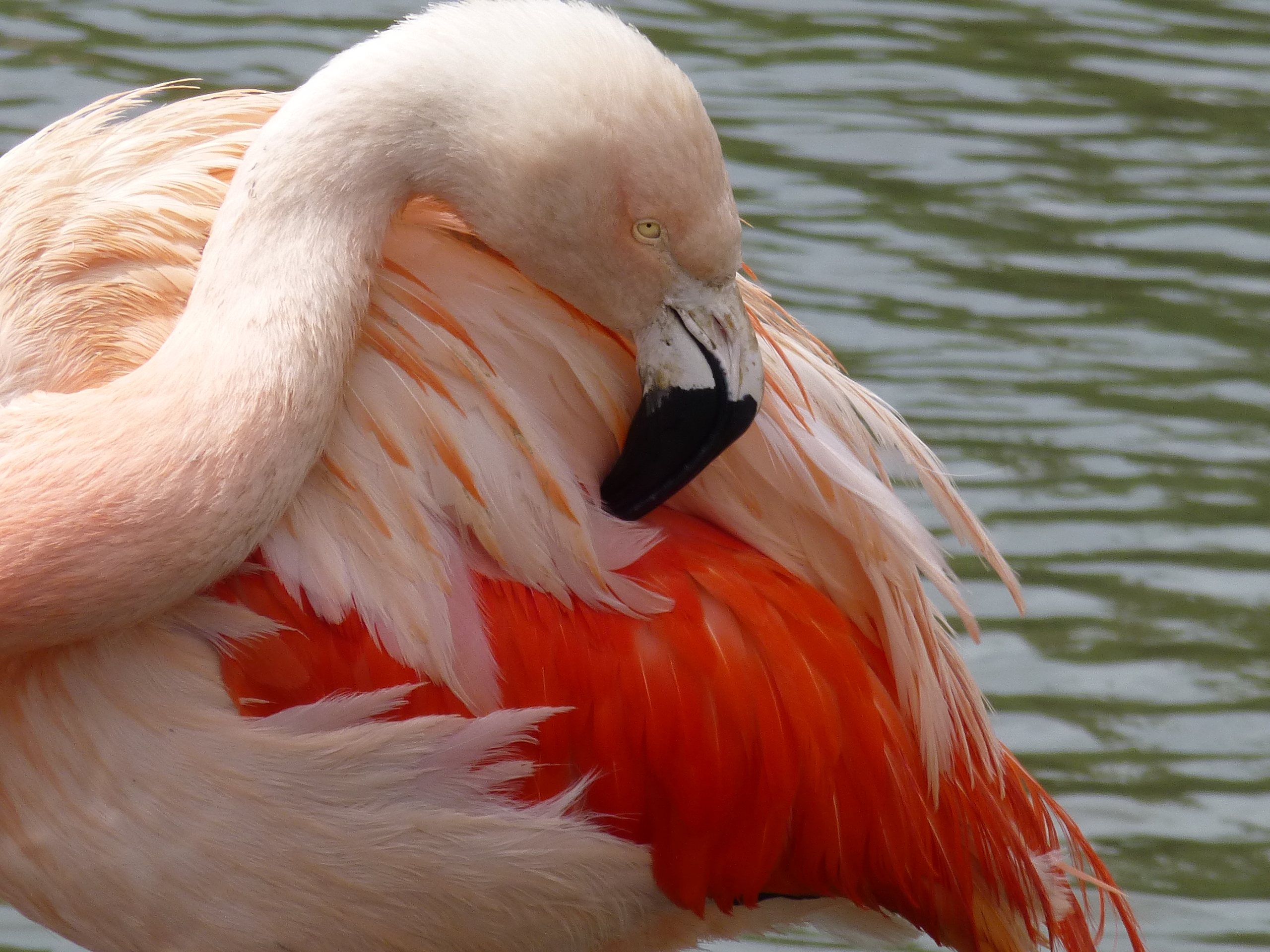 Chilean flamingos, a "near threatened" species, exist in the same habitat shown on PE2 that the Andean and James' flamingo live in.
Chilean flamingos, a "near threatened" species, exist in the same habitat shown on PE2 that the Andean and James' flamingo live in.
After this episode of PE2 aired, I was asked to write about what the flamingos were doing and why they lived in such a seemingly hostile environment. You can read more about it here: http://theconversation.com/how-planet-earths-ice-s...
Thank you for reading these flamingo diaries over the past year. I wish each and everyone of you a very Happy Christmas and a prosperous 2017, with many more opportunities for flamingo watching at WWT :-)
